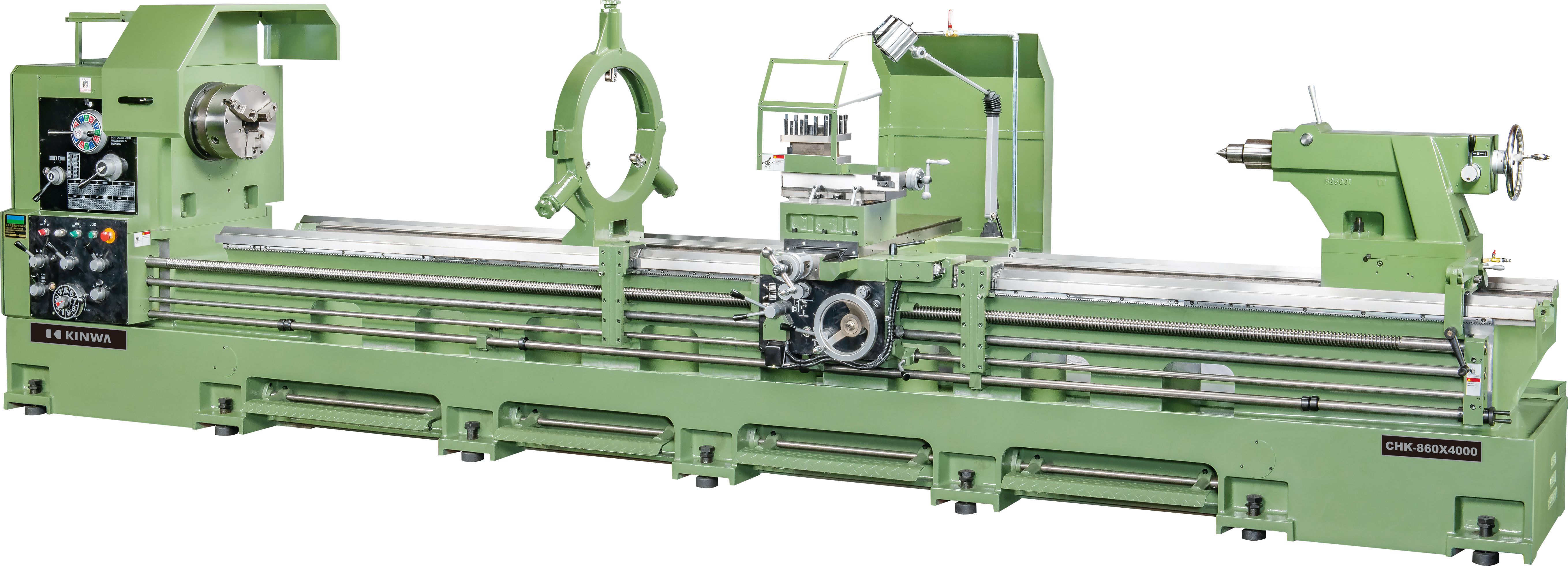Lathe Categorization Deciphered: Exploring Diverse Functions from Traditional to CNC
Expert Insights into Machine Tool Knowledge: Exploring Lathe Categories and Applications
Machine tools play a pivotal role in the manufacturing sector, and among these tools, the lathe stands out as a common and indispensable machine tool. The lathe is renowned for its capability to process symmetrical components, and based on its distinct characteristics, we can categorize lathes into several primary types, each of which we will delve into.
1. Functional Classification:
- Conventional Lathe:
This type of lathe employs mechanical handwheels or manual controls to finely manage the cutting process. While it requires the operator's direct involvement, conventional lathes remain a practical choice in specific contexts.
- CNC Lathe (Computer Numerical Control Lathe):
Equipped with a computer numerical control system, CNC lathes can automatically govern the cutting process. This not only enhances production efficiency but also ensures higher machining accuracy, rendering them an integral part of modern manufacturing.
This type of lathe employs mechanical handwheels or manual controls to finely manage the cutting process. While it requires the operator's direct involvement, conventional lathes remain a practical choice in specific contexts.
Equipped with a computer numerical control system, CNC lathes can automatically govern the cutting process. This not only enhances production efficiency but also ensures higher machining accuracy, rendering them an integral part of modern manufacturing.
2. Structural Classification:
- Flat Bed Lathe:
In flat bed lathes, the tool post remains parallel to the ground, and the workpiece is positioned on a horizontal bed. This design provides enhanced stability for operations, making it suitable for a variety of machining tasks.
- Slant Bed Lathe:
In slant bed lathes, the tool post is angled, and the workpiece is positioned on a tilted bed. This unique structure aids in the more efficient expulsion of chips, consequently elevating machining efficiency.
- Vertical Lathe:
The tool post in vertical lathes is perpendicular to the ground, and the workpiece is processed on a vertical spindle. This design is commonly employed for specific machining requirements, such as hole drilling.
In flat bed lathes, the tool post remains parallel to the ground, and the workpiece is positioned on a horizontal bed. This design provides enhanced stability for operations, making it suitable for a variety of machining tasks.
In slant bed lathes, the tool post is angled, and the workpiece is positioned on a tilted bed. This unique structure aids in the more efficient expulsion of chips, consequently elevating machining efficiency.
The tool post in vertical lathes is perpendicular to the ground, and the workpiece is processed on a vertical spindle. This design is commonly employed for specific machining requirements, such as hole drilling.
3. Capability Classification:
- Single-Axis Lathe:
Capable of machining solely along a single coordinate axis, single-axis lathes have limited capability. Nevertheless, they find utility in simple component machining tasks.
- Multi-Axis Lathe:
Multi-axis lathes can simultaneously operate on multiple coordinate axes, providing enhanced machining versatility and flexibility. This is particularly critical for the machining of intricate components.
Capable of machining solely along a single coordinate axis, single-axis lathes have limited capability. Nevertheless, they find utility in simple component machining tasks.
Multi-axis lathes can simultaneously operate on multiple coordinate axes, providing enhanced machining versatility and flexibility. This is particularly critical for the machining of intricate components.
4. Size-based Classification:
- Small-Sized Lathe:
Suited for machining small-sized components, these lathes are ideal for precision work.
- Medium-Sized Lathe:
Suitable for processing medium-sized components, medium-sized lathes find widespread application across various industrial sectors.
- Large-Sized Lathe:
Designed to handle larger components, such as propeller shafts, large-sized lathes accommodate greater dimensions and weights.
Suited for machining small-sized components, these lathes are ideal for precision work.
Suitable for processing medium-sized components, medium-sized lathes find widespread application across various industrial sectors.
Designed to handle larger components, such as propeller shafts, large-sized lathes accommodate greater dimensions and weights.
5. Process-based Classification:
- Conventional Lathe:
Primarily employed for flat, cylindrical, and helical surface machining, conventional lathes enjoy a broad application spectrum, making them the preferred choice for many machining tasks.
- Specialized Lathe:
Utilized for shaping components with unique shapes or purposes, such as multi-axis lathes and thread-cutting lathes, these machines are adept at tackling more challenging machining operations.
Primarily employed for flat, cylindrical, and helical surface machining, conventional lathes enjoy a broad application spectrum, making them the preferred choice for many machining tasks.
Utilized for shaping components with unique shapes or purposes, such as multi-axis lathes and thread-cutting lathes, these machines are adept at tackling more challenging machining operations.






